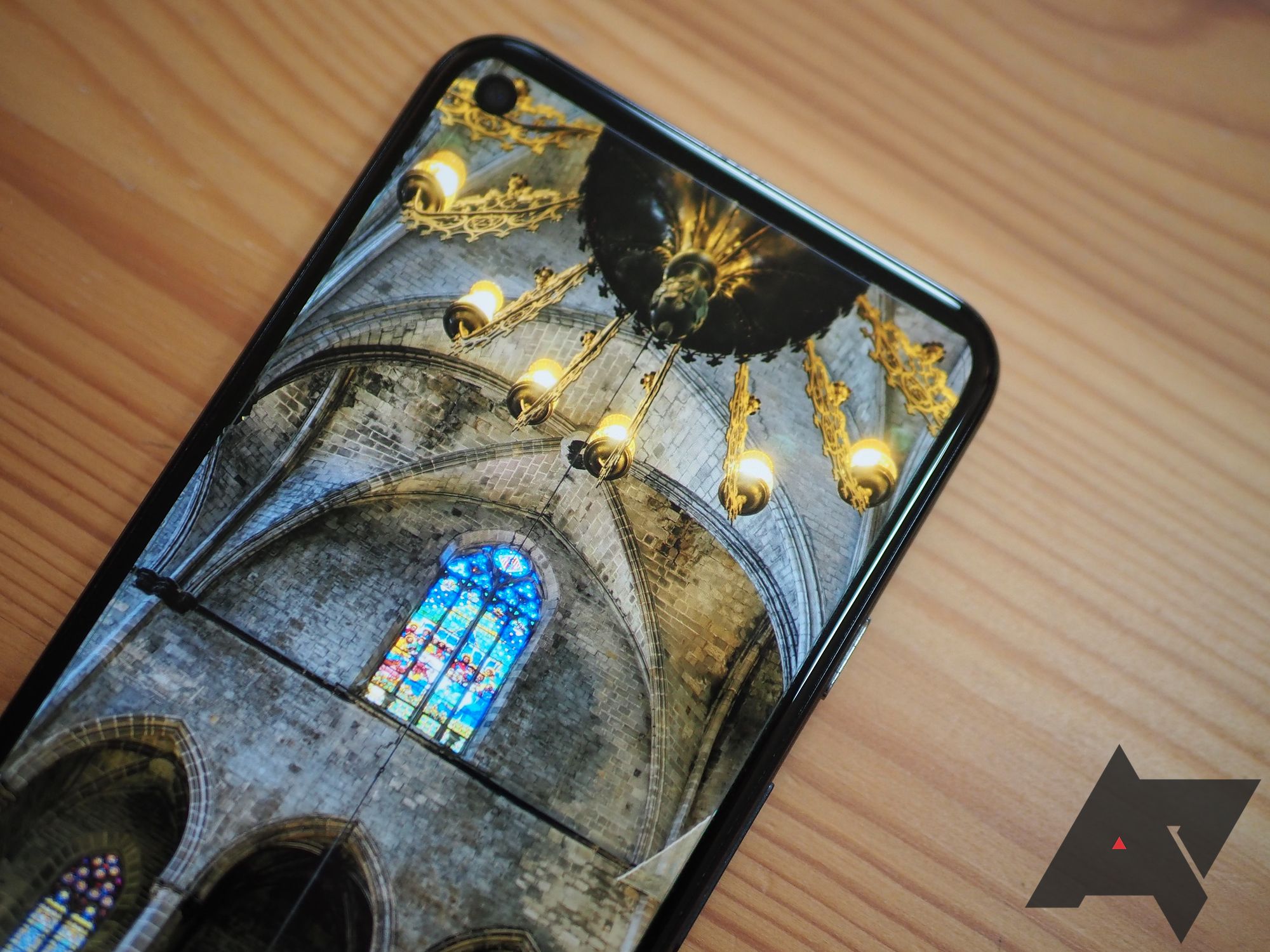Ever since the Nokia N95, my phone has always been my main camera. I've bought point and shoots, mirrorless/DSLRs, several 360 cams, but nothing beats the simplicity of pulling out the device that's already in my pocket, tapping a few on-screen buttons, and snapping the photo I want. On big occasions, I'll make the effort to take my Olympus mirrorless with me, but smartphones — especially Pixels — have gotten so good that I still revert to them when I'm in an especially challenging situation. This often happens in cathedrals and other half-dark half-brightly lit places where capturing the image that's in my head would require a level of cam-manipulation and post-processing knowledge that I don't have. In these circumstances, I've discovered that the Pixels' Night Sight is a godsend, even mid-day.
Tap on any image in this post to get the full-resolution version. All the pics are straight out of the Pixel's camera, no edits or filters.
Above: Cathedrale Notre-Dame (Reims), shot on the Pixel 5 with Night Sight.
Using Night Sight on Pixels — or any night mode on other phones — isn't for the faint of heart. To avoid getting a blurry shot, you have to have a steady hand. My years of photographing medicine leaflets with 3MP and 5MP phones come in handy here; I can stay still for several seconds while the Pixel is taking the pic.
Above & below - Left: Basilica of Santa Maria del Mar (Barcelona). Right: Grand Mosque (Abu Dhabi).
If you have an issue with blurry night shots, I suggest practicing taking regular pics at home of any papers with small text. Nothing gets your hands trained for steadiness this quickly and this well.
Above: La Sagrada Familia (Barcelona) shot on the Pixel 2 XL with Night Sight.
The second challenge is in finding the right angle and lens setting. Too wide and I might end up with a picture that looks more than a little distorted (especially in very tall cathedrals with lots of visible stone lines and colored glass), too narrow and I might lose on the beauty of the environment. Over time, I've discovered that I enjoy the balance of a simple 1x pic — no wide-angle lens and no zoom.
Left: Pixel 5 at 1x. Right: Pixel 5 at 0.6x (wide-angle lens). Looks surreal, I prefer the 1x zoom.
The real trick that I can teach you, though, is in knowing where to tap on the screen for the best exposure in Night Sight mode. If you're visiting a cathedral, a mosque, or a relatively dark place with light streaming in from select areas, you likely want to capture the detail of the dim spots as well as the nuances of the lit parts. Focus on the former and you'll whitewash the latter, focus on the latter and you'll sink the former in indistinguishable darkness.
That's why I always look for a middle ground: either an averagely-lit area, or I just tap somewhere where light and dark are adjacent. Ever since the Pixel 2 XL, I trust my phone to balance this out and come back with the best possible exposure, no matter how harsh the contrast between the two spaces is.
Above: Focusing on the colored glass dips everything else in darkness. Below: Focusing on the juncture between window and wall brings out more stone detail without over-exposing the glass.
I could take some time to manually adjust the exposure for each shot, but that can be hit-and-miss with Night Sight's post-processing. Plus, these are the kinds of places and situations where I don't want to stand still too long. I'd rather tap once, get the pic, and move on.
There will always be situations where Night Sight cools the colors of a warm scene a bit too much, or pushes the exposure up more than necessary, all in the name of making the pic clearer. But in most circumstances, and using these tricks, I've found that it can come back with the exact stunning image I'd pictured in my head.
Left: Pixel 2, no Night Sight. Right: With Night Sight. Image is cooler, but I prefer it in this case.
In a way, I feel like Night Sight might be under-used by most of us just because of its name. We tend to think of it as an exclusively nighttime setting, whereas it is an awesome tool for any time of day: outdoor sunsets, dusky scenes, sunrises, cloudy days, indoor moody restaurants, dim rooms, or any situation where you feel like your phone's HDR could use a little push to get more detail out of the dark spots. So the next time you're trying to take a pic in a challenging situation, remember my advice and switch over to Night Sight. You might be surprised by the result.
Here are a few more of my personal favorites, taken with Night Sight on the Pixel 2 XL, Pixel 4 XL, or Pixel 5.

